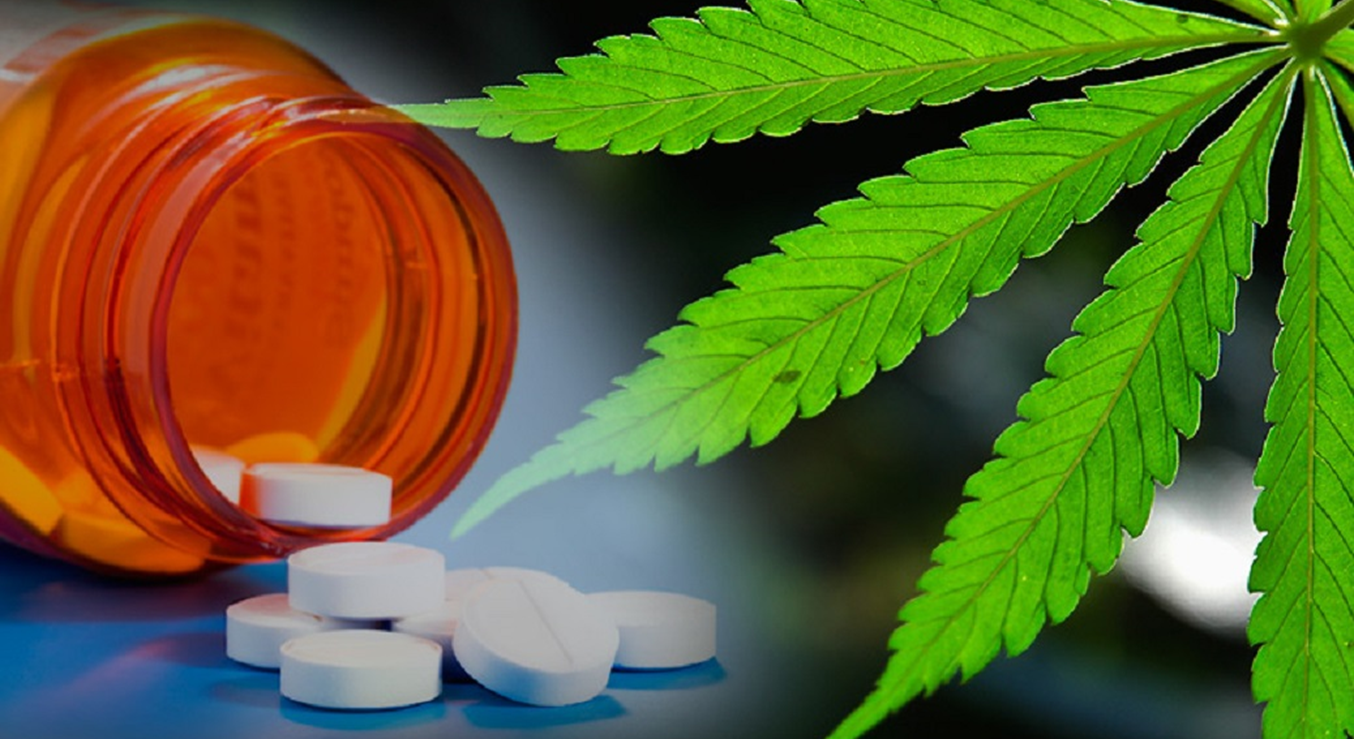Introduction
Cannabis has long been associated with its psychoactive effects, commonly referred to as the “high.” However, many individuals seek the potential therapeutic benefits of cannabis for pain relief without experiencing the mind-altering effects. In this comprehensive guide, we will explore various cannabis-based pain relief options that do not produce a high, providing an overview of different forms, cannabinoids, and consumption methods available to individuals seeking relief from pain.
Understanding Cannabinoids
Cannabinoids are the active compounds found in cannabis that interact with the body’s endocannabinoid system, which plays a role in regulating pain perception, inflammation, and immune responses. Two key cannabinoids are THC (tetrahydrocannabinol) and CBD (cannabidiol). THC is primarily responsible for the psychoactive effects associated with cannabis, while CBD is non-intoxicating and has shown potential analgesic properties.
CBD for Pain Relief
CBD has gained significant attention for its potential pain-relieving properties. Research suggests that CBD interacts with receptors in the endocannabinoid system, modulating pain signals and reducing inflammation. CBD is available in various forms, including oils, capsules, topicals, and edibles, making it accessible for individuals seeking pain relief without experiencing a high.
Topical Applications
Topical cannabis products are specifically designed for localized pain relief. These products, such as creams, lotions, balms, and patches, are applied directly to the skin over the affected area. They can be effective for relieving muscle and joint pain, arthritis, and skin conditions. Topicals typically contain a combination of cannabinoids, such as CBD or THC, along with other ingredients like essential oils or menthol for enhanced pain relief.
THC-CBD Ratios
While THC is associated with the euphoric effects of cannabis, combining it with CBD can potentially provide pain relief without the high. Different strains and products offer various ratios of THC to CBD, allowing individuals to find a balance that suits their needs. High-CBD, low-THC strains or products are commonly used by those seeking pain relief while minimizing psychoactive effects.
Microdosing
Microdosing involves consuming small amounts of cannabis to achieve therapeutic benefits without experiencing intoxication. By starting with a low dose and gradually increasing it, individuals can find the minimal effective amount for pain relief. This approach allows for greater control over the psychoactive effects while maximizing the potential pain-relieving properties of cannabinoids.
Alternative Consumption Methods
In addition to traditional smoking or vaping, there are alternative consumption methods that provide pain relief without the high. These include:
a) Tinctures
Cannabis tinctures are liquid extracts infused with cannabinoids. They are consumed sublingually (under the tongue) for fast-acting and discreet relief.
b) Edibles
Cannabis-infused edibles, such as gummies, chocolates, or beverages, offer a longer-lasting effect compared to smoking or vaping. They provide a convenient and precise dosing method for pain relief.
c) Capsules
Cannabis capsules contain a measured dosage of cannabinoids, allowing for easy ingestion and controlled dosing. They provide a discreet and familiar method for pain management.
d) Transdermal Patches
Transdermal patches deliver cannabinoids through the skin, providing a slow and steady release over an extended period. They are ideal for consistent pain relief throughout the day.
Full-Spectrum vs. Isolate
Full-spectrum CBD products contain a wide range of cannabinoids, including trace amounts of THC, while CBD isolates are pure CBD without any other cannabinoids. Some individuals believe that the combination of multiple cannabinoids in full-spectrum products can provide enhanced pain relief compared to CBD isolates. However, those concerned about THC content should opt for CBD isolate products.
Legality and Regulation
The legal status of cannabis and its derivatives varies from country to country and even within different regions. It is crucial to understand the local laws and regulations regarding cannabis use for pain relief. Some jurisdictions allow medical cannabis use for pain management, while others have legalized CBD products with specific THC limits. Ensure compliance with applicable laws and purchase products from reputable sources.
Conclusion
Cannabis pain relief without the high is a viable option for individuals seeking the potential therapeutic benefits of cannabinoids while avoiding psychoactive effects. CBD-based products, topicals, THC-CBD ratios, microdosing, and alternative consumption methods offer various avenues for pain management. It is important to consult with healthcare professionals, consider personal preferences, and adhere to local laws and regulations when exploring cannabis-based pain relief options. With the right approach, individuals can find effective relief from pain while maintaining clarity and functionality in their daily lives.

